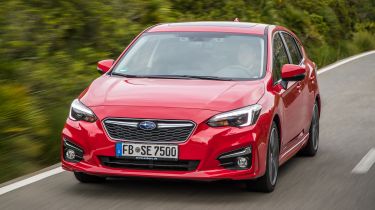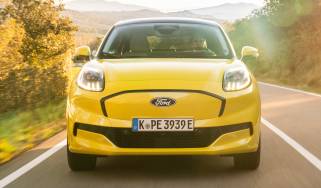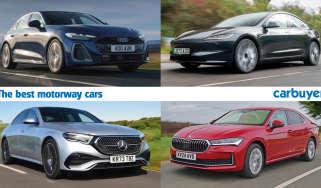Subaru Impreza hatchback - Reliability & safety (2018-2020)
The Subaru Impreza's enviable reputation is backed up by promising safety credentials
Subaru has long maintained a solid reputation for reliability and robust engineering. As befits a company whose cars were first offered for sale in the UK by agricultural equipment dealers, they've come to be regarded as hard-wearing and mechanically robust.
Subaru Impreza reliability
Subaru's proud reputation for owner satisfaction was borne out by the results of our 2017 Driver Power owner satisfaction survey, in which the Japanese company placed fourth out of 27 brands assessed. However, it's important to note that too few Impreza owners participated for the model to be ranked individually – Subaru's stats for 2017's survey are made up of opinions from Subaru Forester and Subaru Outback owners.
Factors praised by owners included practicality and interior comfort, while the steering, brakes and handling were deemed as among Subaru's strongest attributes. More negative, though, were views on engine noise and interior fit and finish, while heavy fuel consumption and steep servicing costs were frequently mentioned.
More worryingly, the fact that 16.3% of Subaru owners reported at least one fault with their car during the first year of ownership suggests that the brand's reliable reputation may not be entirely sound.
Safety
The Impreza returned the highest-ever score in Japanese crash-testing and Euro NCAP, our equivalent body in Europe, have also been impressed. It scored five stars overall and 94% for adult occupant protection, 2% more than the latest Honda Civic achieved. Scores of 89% for child occupants, 82% for pedestrian safety and 68% for safety assist technology were also very high for the class.
The Impreza's stiff body bodes well for crash tests, but an impressive roster of standard safety features mitigates the likelihood of an impact occurring in the first place. Subaru is proud of its EyeSight technology, which scans the road ahead to identify lane markings, pedestrians and bikes as well as other vehicles, activating autonomous emergency braking or lane-keeping assistance where appropriate.
Blind-spot monitoring is standard, as is rear cross-traffic alert and auto-dipping headlights Meanwhile, a reversing camera helps to reduce the risk of low-speed car-park impacts, while hill-start assist makes life easier when pulling away on steep gradients.













